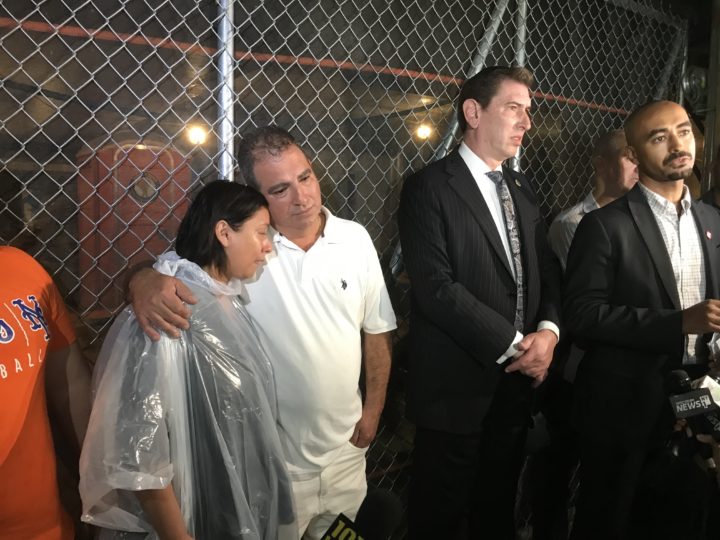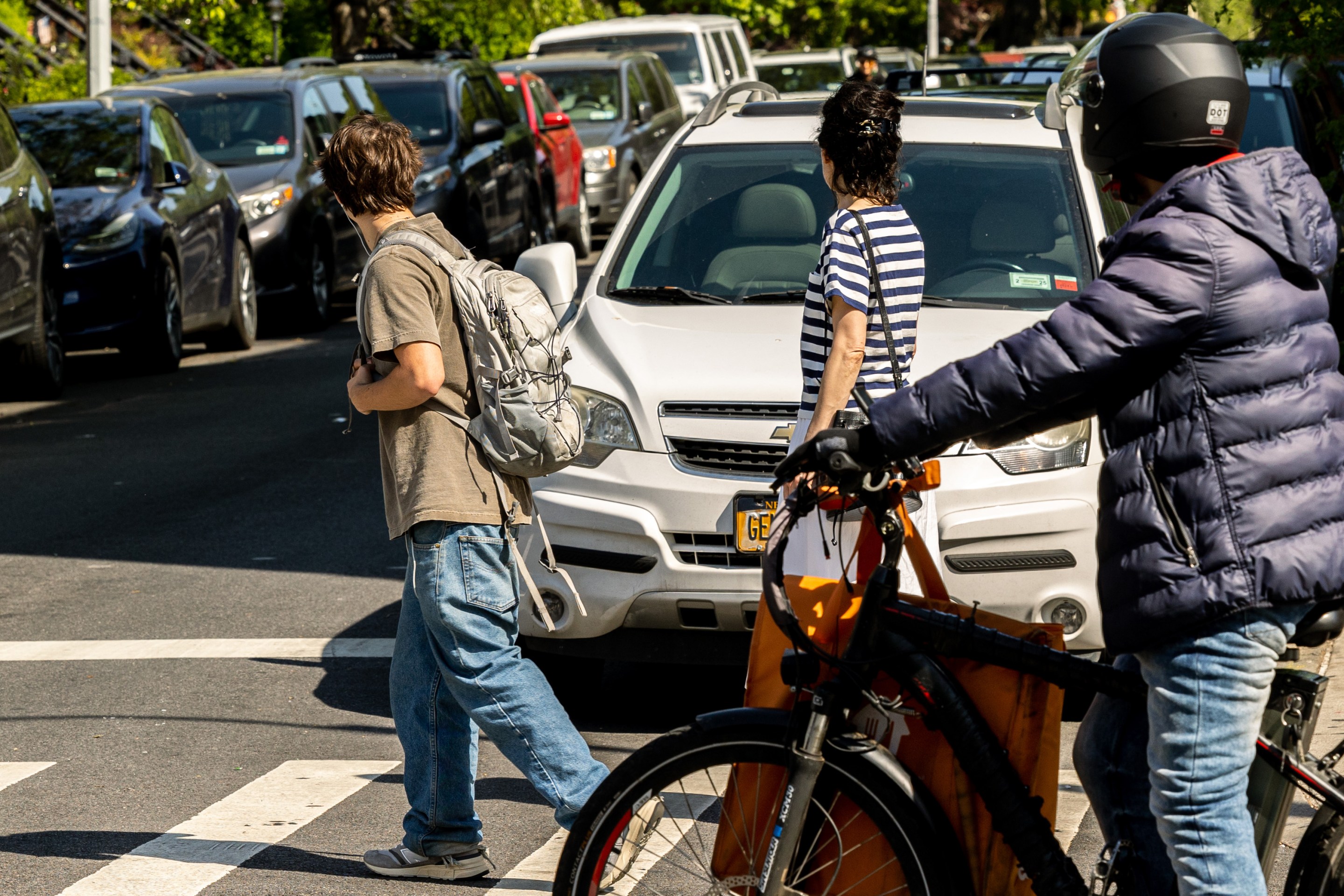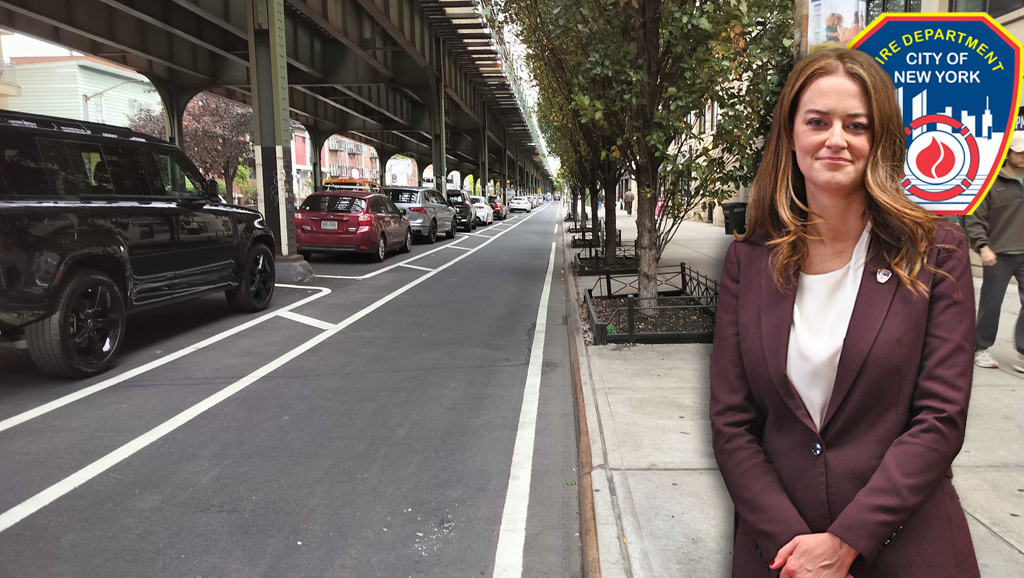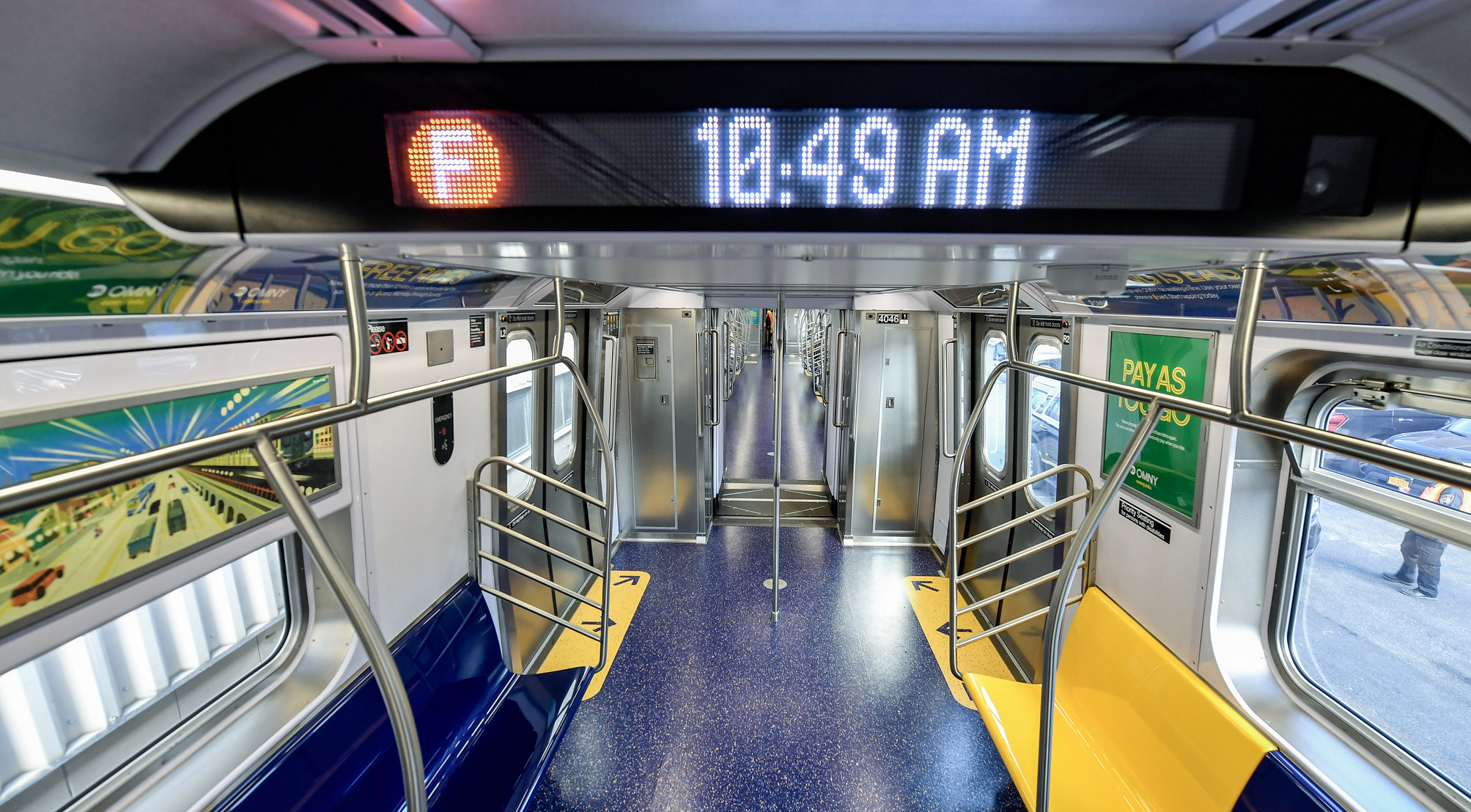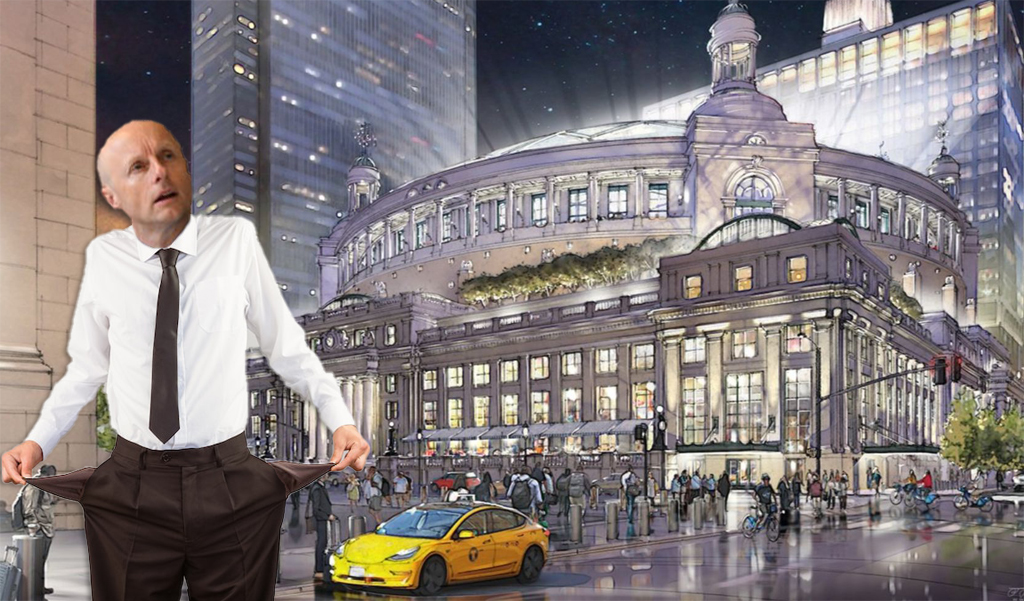A Brooklyn Council Member, who offered little more than “thoughts and prayers” at a vigil last week for a boy who was killed while waiting for a bus, now wants the city to install bollards at every bus stop — a move that transportation experts and safe-street advocates say is misguided, expensive, useless and "idiotic."
Council Member Chaim Deutsch has proposed a bill to install bollards at every single bus stop in the city, saying it "could prevent another such tragedy" — and he claims that Farachio's family supports the measure, which he wrote up after the driver killed the 10-year-old as he waited for a bus at Ocean Avenue and Avenue L on Sept. 10.
“All bus stops should have bollards. The family says they are supportive of it,” Deutsch said.
But outside of the family, and Deutsch, the proposal is regarded as laughable at best and dangerous at worst.
“This reads like a cynical attempt by the council member to deflect blame for not supporting street redesigns that are proven to save lives,” said Ben Fried of TransitCenter. “Bollards can play a role in protecting pedestrians, but a citywide legislative mandate is the wrong way to go.”
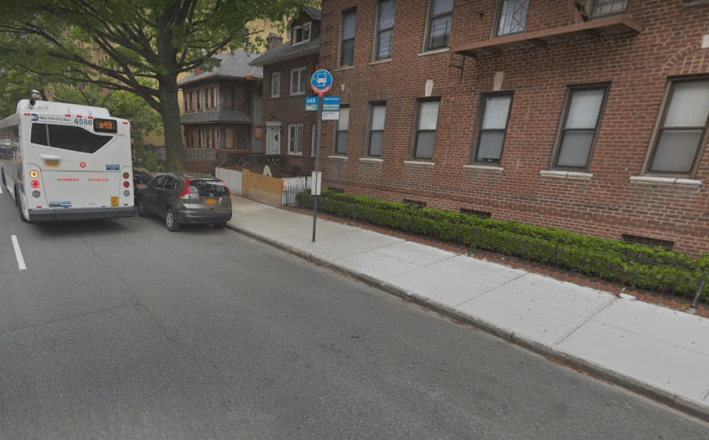
Transportation expert Charles Komanoff did not mince words about the idea.
“It's idiotic,” said Komanoff, adding that the proposal would end up "armoring up the entire city inch by inch. It's a feel-good, but futile (and costly) exercise," he said.
Deutsch has signed onto the Reckless Driver Accountability Act, a potentially huge first step to rid New York City of dangerous driving, a bill that would impound vehicles whose drivers rack five or more speed camera violations in a single year. But when he was asked about the bill at last week's vigil, he did not immediately endorse it.
Deutsch also told Streetsblog that he can’t yet back Council Speaker Corey Johnson’s bill to create a master plan for street safety because he has to “study it more.”
“You can’t make one plan for an entire city,” Deutsch said last week after the vigil. “Every neighborhood needs to be looked at independently in how to make those traffic changes. One size does not fit all, and we need to take a look closely at each area.”
The council member then told Streetsblog on Tuesday that he plans to set up a meeting with Johnson's office to discuss the bill, and that he supports it in "concept."
Some well-placed bollards in specific locations are helpful for keeping pedestrians safe from reckless drivers, but since Deutsch's proposal would require thousands of them to be placed mostly on the sidewalk — not the road — they would take even more valuable space away from pedestrians in a city where the streets are designed for cars, not people. Ocean Avenue, where Farachio was killed, is a four-lane road devoted entirely to motor vehicles. Three pedestrians and 12 motorists have been injured in 15 crashes the area surrounding the Avenue L intersection since 2017, according to CrashMapper.
“A solution that relies too much on bollards just clutters streets and may end up not making pedestrians that much safer because there may still be a lot of people on the 'wrong' side of the bollards when it’s crowded. I’m not sure this is the best solution versus other things to keep drivers off the road,” said Manhattan Institute's Nicole Gelinas.
And lest not forget the cost of installing tens of thousands of bollards. When Mayor de Blasio announced last year that he would install 1,500 bollards in Midtown to prevent future vehicular attacks, the city estimated they would cost a whopping $50 million.
That means that outfitting every bus stop in the five boroughs — there are roughly 15,322 of them — would cost at least $510 million, money the city certainly doesn’t have just lying around. Besides, experts said, the bollards won't prevent many future fatal crashes.
“DOT needs the flexibility to prioritize safety measures that will make the biggest difference, and this proposal would lock them into specific intervention that almost certainly is not the best use of funds," said Fried.
Deutsch said he came up with the idea for the bollards after looking into installing them along the Coney Island Boardwalk in his district in 2017 as a means of counter-terrorism for attractions that draw large crowds. He also said he's seen them in front of fire hydrants and buildings, and they should also be used to protect people waiting at the bus.
"If we can protect buildings, we certainly can protect people gathered at bus stops waiting for the bus," he said.
But Deutsch — who said he gave up his own personal car last week and is now taking the subway between City Hall and his Midwood home — also conceded that just installing bollards doesn't go far enough to prevent future crashes.
"It's a combination of multiple things, between legislation, making improvements throughout the city and also protecting people — use them in tandem with each other and it's a step in the right direction," the pol said.
Transportation Alternatives said it has not yet developed a position on the bill, and a spokeswoman for the Department of Transportation said the agency looks “forward to reviewing the bill and working with the Council Member on the most effective ways to improve safety in his district and around the city.”
